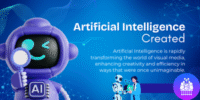Limitations of Artificial Intelligence: What You Need to Know
Published: April 30, 2025
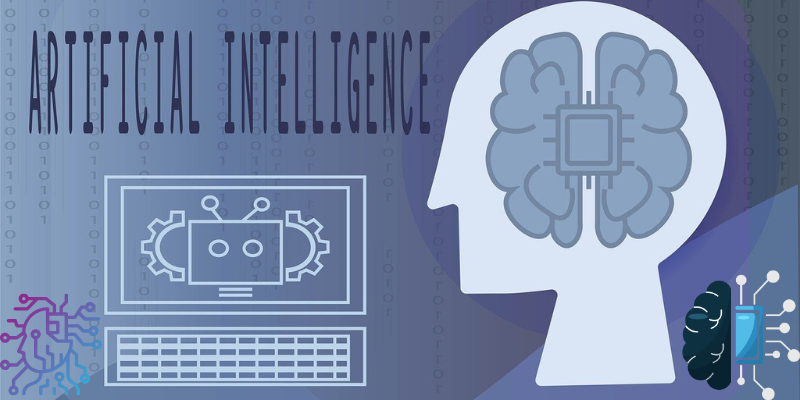
Limitations of Artificial Intelligence technological advancement of our time features Artificial Intelligence (AI) as its revolutionary and important development. Electronic vehicles, together with customized streaming guidance by AI technology, affect all important dimensions of our daily existence. OTO stands to revolutionize commercial sectors and enhance business output, alongside its potential for helping resolve major human challenges. AI holds remarkable advantages, yet it operates with several disadvantages that researchers must address. Understanding the risks and negative aspects of AI is essential because we typically receive messages exclusively about its benefits. This article studies artificial intelligence barriers that affect both business operations and personal lives.
Multiple constraints of artificial intelligence methods remain unaddressed during the development attempts of this technology. AI excels at rapid and massive data processing, yet it lacks human-level decision-making depth in making decisions. AI finds it difficult to execute assignments that need intuition alongside empathy, and imaginative capacity. The effectiveness of AI systems depends completely on their training data, so they might reproduce discriminatory or false results from previous data sets. Every person who works with AI technology must comprehend its restrictions to guarantee safe and efficient operations.
The examination of AI weaknesses includes examining security threats alongside negative aspects and necessary corrections for implementing AI in daily application usage. The article explains proper AI tool selection methods and risk reduction techniques while presenting actual case studies about AI constraints. The following article delivers vital information about AI limitations which benefits both AI enthusiasts and business leaders exploring AI applications.
Table of Contents
- Introduction
- The Importance of Understanding AI Limitations
- The Types of Limitations of Artificial Intelligence
- Cognitive Limitations
- Data Limitations
- Ethical Limitations
- Technological Limitations
- Cognitive Limitations
- The Risk of Artificial Intelligence
- Disadvantages of Artificial Intelligence
- How Artificial Intelligence Affects Business
- Benefits of AI in Business
- AI’s Disadvantages in Business
- Benefits of AI in Business
- Artificial Intelligence Policy and Regulation
- How to Choose the Right AI Tools
- Actionable Tips for Navigating AI Limitations
- Conclusion
1. The Importance of Understanding AI Limitations
Limitations of Artificial Intelligence stands as a technology which many people perceive as a future-oriented discovery. AI presents clear advantages but restricting factors negatively influence both its operational efficiency and sustainable operation of AI-centered initiatives. The development of AI projects requires developers and businesses to recognize its boundaries and so do all end-users. AI isn’t an ideal solution. The system faces problems which lead to unwanted side effects when its implementation is not handled appropriately.
Limitations of Artificial Intelligence AI implementation evaluation must remain a high priority for businesses who wish to adopt such technology. Clear recognition of AI tool limitations will guarantee their effective usage. Businesses become better able to control risks while setting achievable expectations after identifying AI’s initial boundary conditions, thereby preventing costly errors. AI technology implementation receives ethical and responsible control through this approach.
Limitations of Artificial Intelligence Improved machine-human collaboration processes will emerge because of clearer understanding about AI system constraints. Making artificial intelligence work as a human-learning tool remains the way forward while artificial intelligence cannot function as a total substitute for human knowledge. The application of AI fails to succeed unless it exists as an essential component which unites technological approaches with human assessment methodologies.
2. The Types of Limitations of Artificial Intelligence
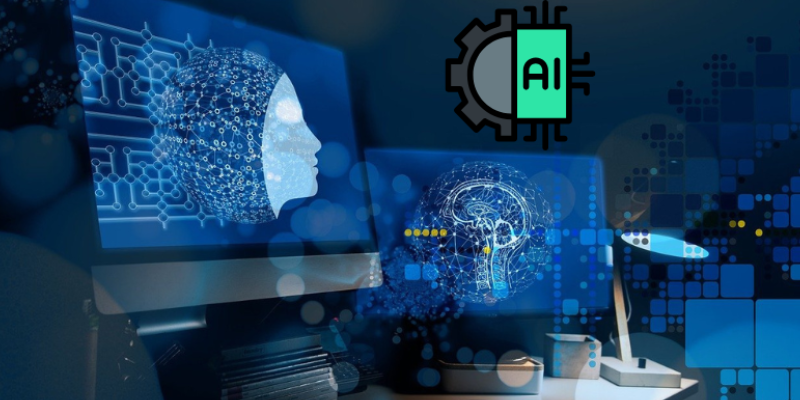
The extensive abilities of Artificial Intelligence do not keep it from having specific boundaries. The different types of constraints that arise from data and cognitive technology and ethical and reliability factors form the basis of these limitations.
Cognitive Limitations
Limitations of Artificial Intelligence The cognitive system in AI machines differs from that of human beings. The system’s ability to examine patterns for data-based predictions does not extend to performing intuitive reasoning or imaginative tasks. AI programs cannot process contextual information along with emotional data or conceptual thought patterns because they’re needed to create detailed decisions. System failures occur with AI when it needs to comprehend humor and handle conflicts and create artistic works including literature or art.
Data Limitations
Limitations of Artificial Intelligence AI operational efficiency mostly depends on both the quantity and variety of training material it receives. Inaccurate input information or missing data or outdated material will make an AI model generate incorrect computational outcomes. Inaccurate data leads to deficient decision-making processes which simultaneously heightens the possibility of social prejudice to occur. Applications from hiring algorithms through the criminal justice system now face serious problems due to this situation.
Ethical Limitations
Limitations of Artificial Intelligence AI creates ethical dilemmas. AI systems require guidance regarding their responsibility for making decisions. Does the technology demonstrate sufficient reliability when making important choices within law enforcement or medical fields? It is important to analyze these matters with great attention. The improper absence of regulations together with insufficient policies enables AI to reinforce prejudices through unethical means while simultaneously endangering privacy and creating opportunities for malevolent misuse.
Technological Limitations
Limitations of Artificial Intelligence Continuous progress in artificial intelligence exists despite substantial technical obstacles which appear in its path. Systems built with AI demand extreme computing strength and enormous storage capability. The systems need large databases yet these establishment costs are expensive to acquire and maintain. Regular maintenance along with continual system updates become necessary for AI systems as they also tend to drain substantial computing resources.
3. The Risk of Artificial Intelligence
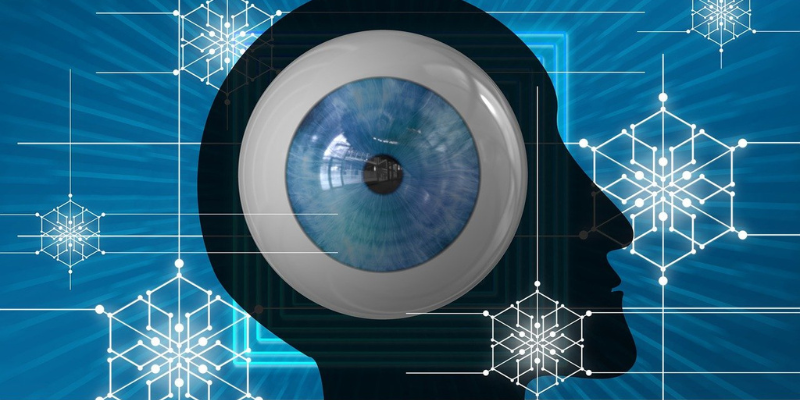
Limitations of Artificial Intelligence The primary problem with AI emerges from its potential dangers. The efficiency enhancement capabilities of AI machines do not eliminate all potential dangers which require critical evaluation. The most critical risk emerges from AI making choices which lead to damage or false information. The implementation of wrong algorithms combined with prejudiced training data leads to this issue.
Limitations of Artificial Intelligence. As AI systems become more independent, the concern for human supervision increases at the same time. Executing AI-based systems without adequate human supervision may lead to negative operational effects. The technology demonstrates potential to acquire roles in business sectors, thus leading to employee layoffs.
4. Disadvantages of Artificial Intelligence
Limitations of Artificial Intelligence AI brings many known advantages yet its disadvantages remain unexplored by public discussion. The following points show what people consider to be the major drawbacks of AI systems.
- AI systems possess the capability to replace many positions across different sectors including factory work and customer-based roles. Humans stand at risk of unemployment in all sectors except those which demonstrate superior performance through AI-based automation of repeatable duties.
- The level of impartiality in AI systems reflects directly from the teaching data they have received. Unadjusted biased data in AI systems will cause the AI to implement the biases resulting in unreliable outcomes.
- When AI operates within core systems of infrastructure security becomes riskier because malicious attacks combined with system breakdowns become more frequent. The exploitation of AI systems constitutes a threat since they could be used maliciously through deep fakes and autonomous weapons technology.
5. How Artificial Intelligence Affects Business
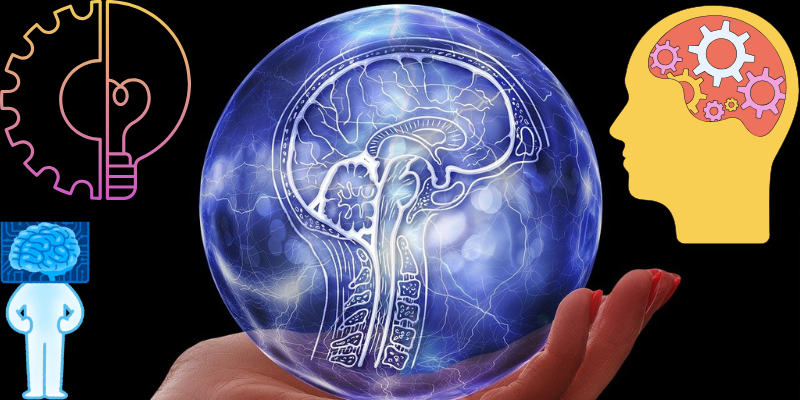
Limitations of Artificial Intelligence The implementation of artificial intelligence systems operates fundamental changes in modern business practices. Business forces have multiple advantages along with negative consequences because of AI implementations.
Benefits of AI in Business
Limitations of Artificial Intelligence The utilization of AI to automate routine tasks allows staff members to focus on more valuable tasks. AI produces valuable data insights through its analytical capabilities which enhance the capability of forecasting and decision-making processes. AI’s ability AI to offer personalized customer interactions results in better customer satisfaction and enhanced loyalty
AI’s Disadvantages in Business
Organizations need to consider AI’s restrictions that disrupt business operations. Juggling expenses together with the danger of position elimination and expert system maintenance requirements represent core implementation barriers. The process of implementing AI technology raises ethical issues which primarily center around data protection along with decision-making methods.
6. Artificial Intelligence Policy and Regulation
Limitations of Artificial Intelligence AI technologies undergo continuous development alongside the rising need for proper regulation. Organizations together with governments seek to establish policies which address the moral aspects along with legal requirements and social aspects of AI technology. The development of AI requires essential policies which ensure beneficial utilization and prevent harm for society.
7. How to Choose the Right AI Tools
Limitations of Artificial Intelligence Your selection of AI tools must take into account all the information about their limitations which appears in this article. Your choice of AI tool must align with both business objectives and organizational ethical standards together with your organization’s data needs. A complete evaluation of the AI tool necessitates pre-implementation testing and verification to determine its operational effectiveness.
8. Actionable Tips for Navigating AI Limitations
The implementation of AI requires both optimal benefit achievement alongside effective reduction of its constraints through these methods:
- Sustained system updates guarantee AI maintain their accuracy alongside relevance.
- Your organization should maintain transparent operations through clear explanations of AI decisions and processes that can be held responsible for their actions.
- Choose AI tools which allow customization and work specifically with your essential requirements.
Conclusion
Limitations of Artificial Intelligence AI presents significant opportunities to users yet users should not ignore its built-in constraints. Both individuals and businesses can handle AI challenges successfully when understanding data characteristics along with cognitive capabilities and ethical and technological boundaries of artificial intelligence systems. The right implementation strategy allows AI to serve as an innovative tool that requires proper management of potential risks and unfavorable effects.
AI implementation depends on understanding its benefits together with the drawbacks so organizations can tap into artificial intelligence effectively but not use it against human knowledge.
FAQS
1. Which drawbacks exist that limit the effectiveness of artificial intelligence?
The main constraints of AI stem from cognitive data problems and ethical dilemmas together with technical boundaries which influence both decisions and the decision-making process accuracy.
2.Will the business processes see the benefits of AI implementation?
AI improves the efficiency of operations through the automation of tasks and making better choices. However, it can also pose a risk that could result in job replacement and system bias
3. Does AI contribute to any active contribution to decision-making processes?
AI systems acquire biases through training data leading to incorrect and unjust outcomes during the hiring procedure and in judicial processes.
4. What exactly threatens artificial intelligence to become a danger?
The risks include staff lay-offs together with security threats alongside ethical problems when AI systems operate unattended without supervision.
5.The importance of understanding AI’s boundaries is vital, and why?
Understanding of AI system boundaries can allow for the proper AI application by eliminating biases and risks to achieve optimal outcomes.

- Be Respectful
- Stay Relevant
- Stay Positive
- True Feedback
- Encourage Discussion
- Avoid Spamming
- No Fake News
- Don't Copy-Paste
- No Personal Attacks



- Be Respectful
- Stay Relevant
- Stay Positive
- True Feedback
- Encourage Discussion
- Avoid Spamming
- No Fake News
- Don't Copy-Paste
- No Personal Attacks


